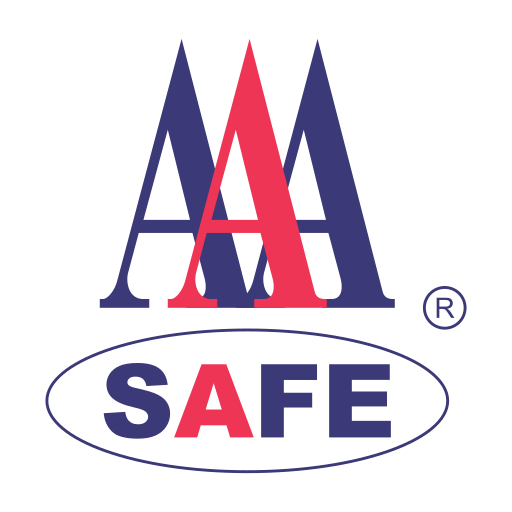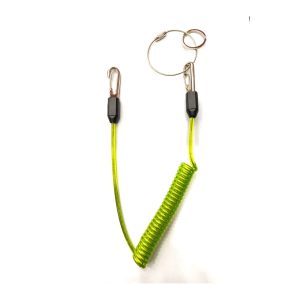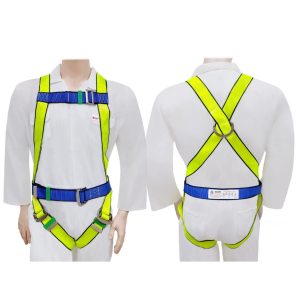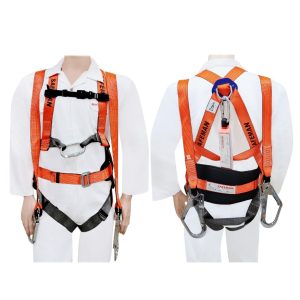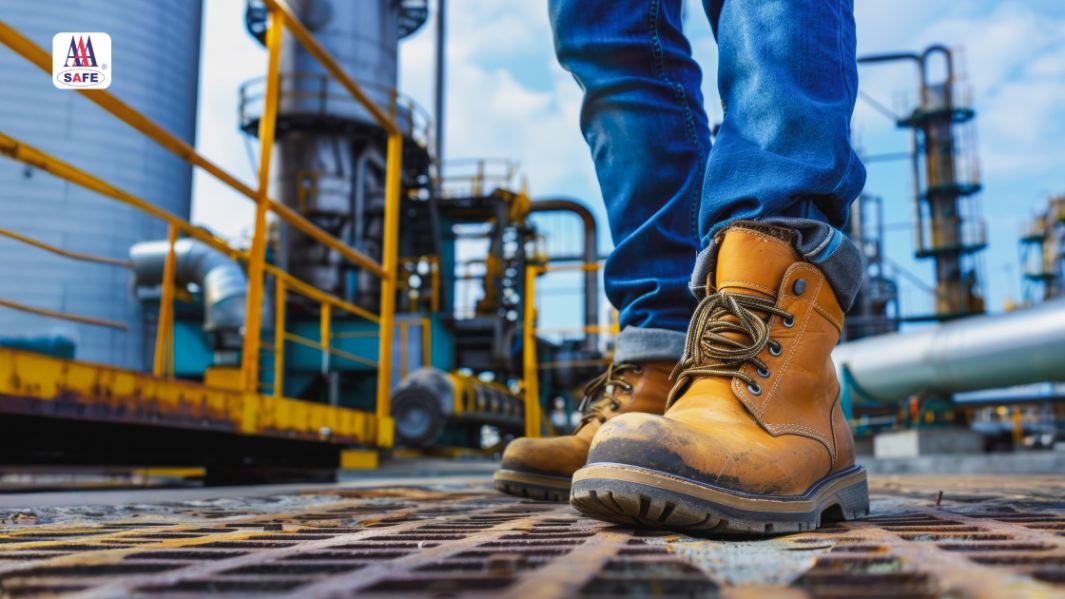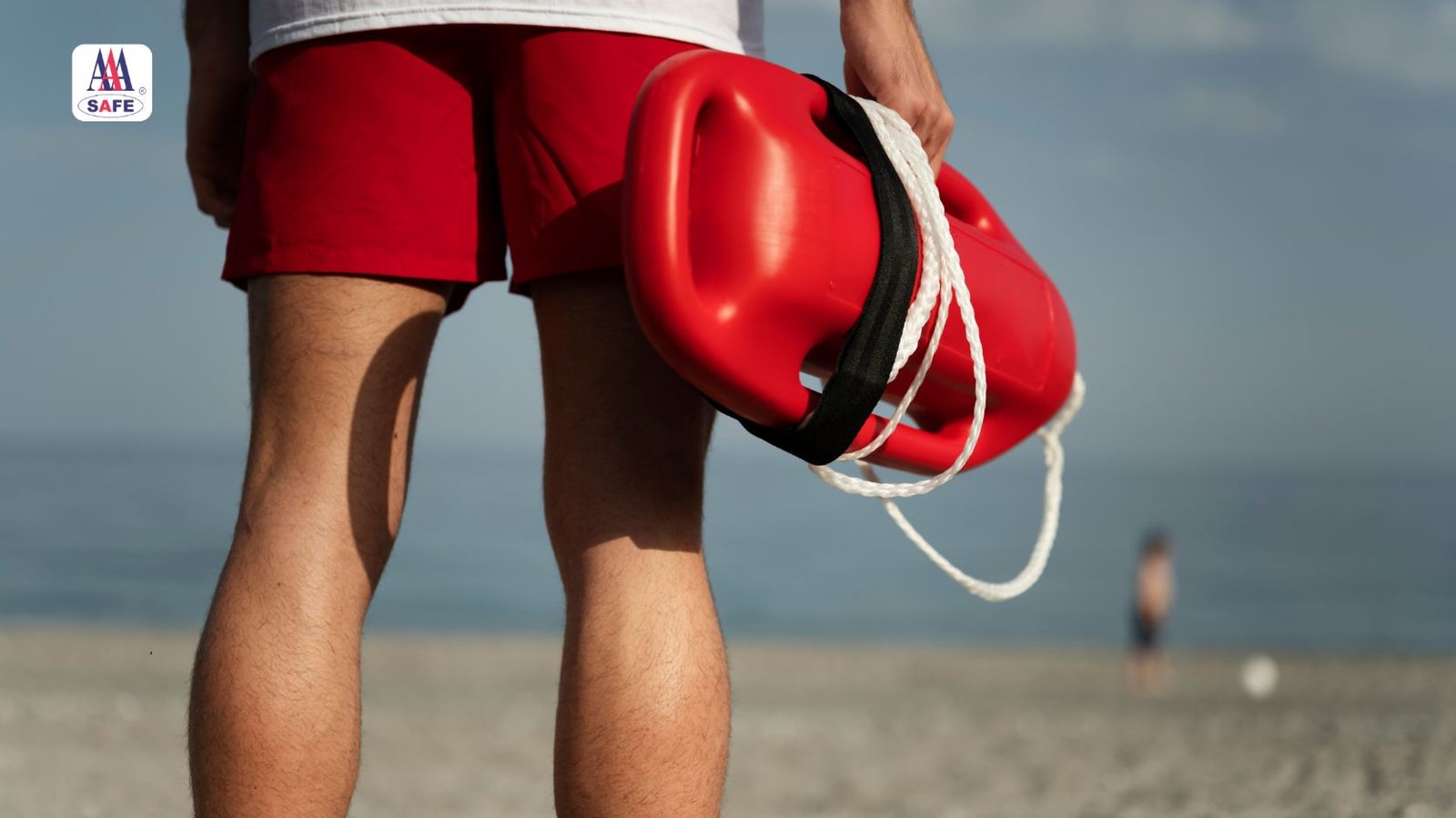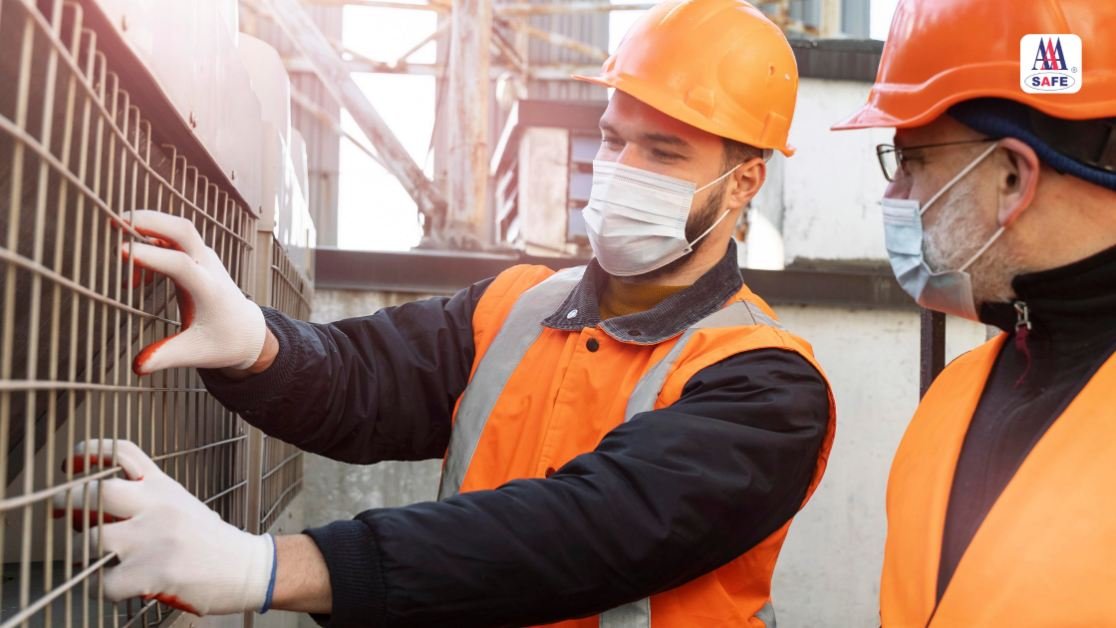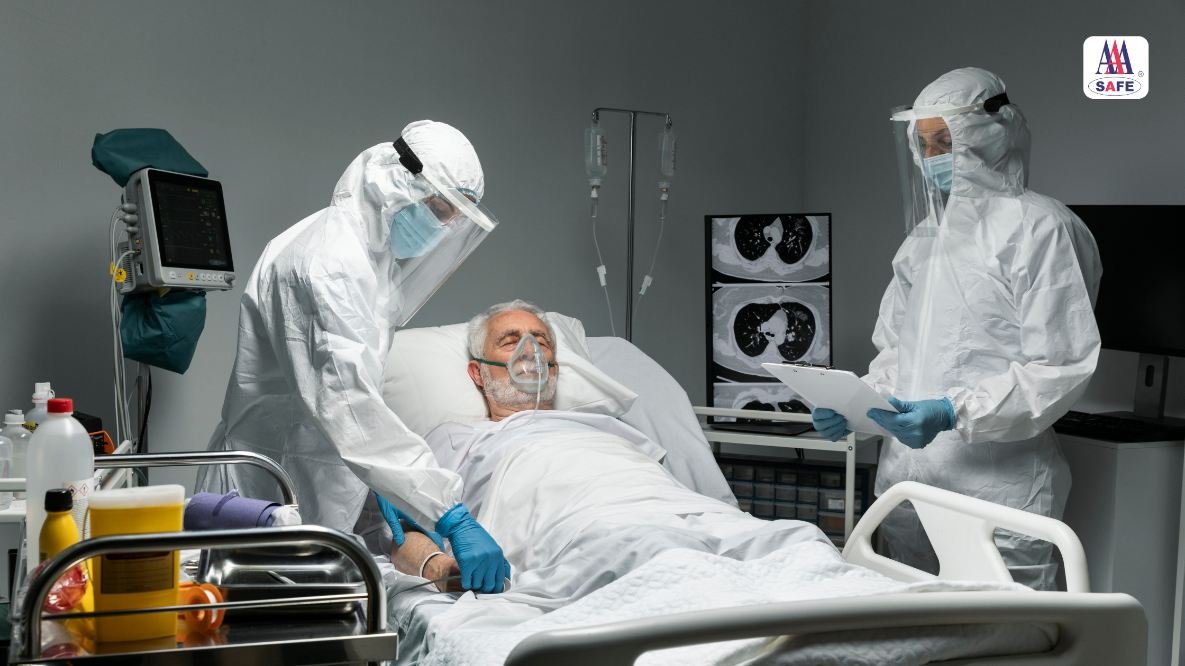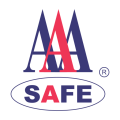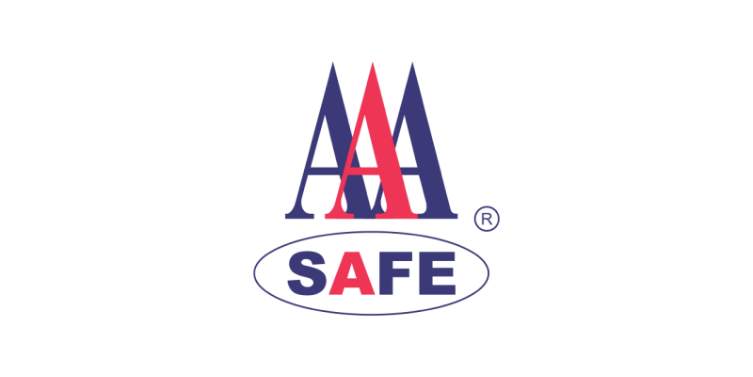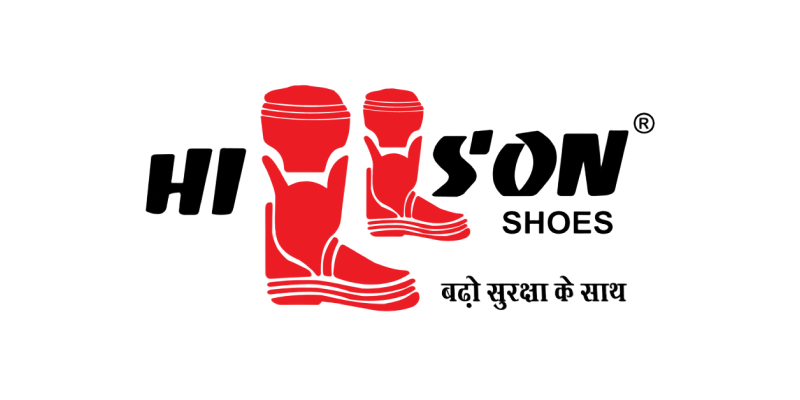Fall protection has significantly evolved over the years. Workplace safety underwent a drastic change with the formation of Occupational Safety and Health Administration (OSHA), which is a division of the United States Department of Labor and was founded on 28 April 1971 with the sole purpose of regulating safe working conditions for employees.
Before OSHA, workplace safety wasn’t taken seriously. In fact, employers played little to no role in it. Safety was considered a responsibility of the employees. In case of accidents, employers weren’t fined or held accountable. Thus, a strong organization like OSHA was needed to change the attitude of employers. OSHA not only managed to change the attitudes of employers but transformed workplace safety forever.
With technological prowess coupled with awareness & strict regulations created by OSHA, shaped modern fall protection. These safety measures and advanced personal protective equipment ensured the highest form of workplace safety. Safety harnesses, guardrails, safety nets, or personal fall arrest systems made working from heights more comfortable and safe.
However, credit goes to OSHA for being such a bringing such a positive change in workplace safety. They successfully enforced fall protection standards, conducted unannounced inspections of workplaces and imposed hefty fines on non compliant employers. OSHA’s strict approach forced employers to prioritize workplace safety. Bad reputation and fines further motivated employers to follow best workplace safety measures.
In this blog, we’ll understand the cover the history and evolution of fall protection: From Ropes to Modern Harnesses
History of Fall Protection
Workplace safety had zero importance before the formation of Occupational Safety and Health Administration (OSHA). Before OSHA, there were no specific regulations or controls about Fall protection. There was no involvement of authorities or any governing bodies either. Employers too played zero role in workplace safety and employees had to bear the responsibility of their own safety. Nobody came to inspect the working environment nor any fines were imposed. No litigation cost means employers didn’t take workplace safety seriously. Their attitude was changed once OSHA came into existence.
Before 1970, workers relied less on safety equipment. They even considered any safety equipment to be restrictive & uncomfortable. Body belts were hardly used. Fall protection was mainly limited to verbal warnings or posted signs. Workers had the responsibility of helping and alerting each other about any workplace dangers. It was a really challenging time for workers, as there were only a few fall protection equipment and most of them weren’t properly used.
Evolution of Fall Protection
- Before 1950, fall protection was limited to belts, ladders & ropes. Workers used to climb using ropes and rescue efforts were also executed by using the ropes.
- By the 1970s, safety body belts secured by two lanyards became common to protect workers who were required to perform tasks at height.
- By the 1990s, the full-body harness with dorsal D-ring system arrived. These harnesses equally distributed weight of the worker and successfully protected workers from fall-related and other injuries.
- OSHA’s strong influence brought the use of the following fall protection equipment:
- lifting chains
- marine rope and lanyards
- harnesses
- round slings
- web slings
- anchors
- rope grabs
5. OSHA regularly upgraded fall protection standards & according to the new regulations, personal fall arrest systems must (a) not allow a worker to fall more than 6 feet or to contact a lower level; (b) bring a worker to a complete stop and limit maximum deceleration distance to 3.5 feet; and (c) have the strength needed to withstand twice the impact energy of a worker free-falling a distance of 6 feet (or the fall distance permitted by the system, whichever is less).
Different Types of Fall Protection Equipments since 1920
Over the past century, rapid technological developments have positively influenced every Industry. The improvement in fall protection tools and equipment is a testament to progress, innovation and the continuous pursuit of creating safer work environments. As industries have evolved, so too have the tools and equipment designed to protect workers from falls. Let’s understand the different types of fall protection equipment that have emerged since 1920.
1920s - The Birth of Safety Belts:
Safety Belts were first introduced in the 1920s as a fall protection equipment. This was a huge turning point in industrial safety, as the introduction of these safety belts was the first step in creating a safer work environment. These leather belts and its design, quality and the comfort factor were rudimentary by today’s standards. These safety belts with D-rings were just a basic means of attachment for workers at height. However, these belts laid the foundation for the development of more advanced fall protection systems in the coming years.
1930s - The Advent of Lifelines:
Rapid progress & growth in the construction sector demanded more advanced fall protection equipment & systems. With the increased workload, working from heights became more common, and the need for improved fall protection grew stronger than before. In the 1930s, lifelines were introduced for the first time. Workers operating at a height need both safety and stability. They need to balance & perform the task at the same time. So ropes or cables secured to a fixed anchor point, known as lifelines were provided to workers. These lifelines allowed workers to comfortably attach themselves with stability and safety.
1950s - Full Body Harnesses:
In the 1950s, fall protection took a giant leap in innovation, offering workers a better and safer option like full body harnesses. Before this, workers relied on safety belts and lifelines, which were less comfortable and did not distribute the workers weight properly. The best thing about full body harnesses is its ability to equally distribute the force of a fall across the entire body, reducing the risk of injury. Additional shoulder straps, chest straps, and leg straps provided more stability and safety. So the introduction of full body harnesses was a pivotal step towards providing a more comprehensive, comfortable & safe solution.
1970s - Self-Retracting Lifelines (SRLs):
Self-Retracting Lifelines were introduced in the 1970s. The automatic retracting feature made these different from the traditional lifelines, The automatic retracting feature kept the lifeline tight and minimized the possibility of slack that could make a fall longer. This innovation enhanced worker safety by providing a more dynamic and responsive fall protection system.
1990s - Fall Arrest System:
Fall protection system was introduced in the 1990s. Fall protection is a set of safety measures and equipment meticulously designed to prevent or mitigate injuries resulting from falls at the workplace. Guardrails, safety nets, personal fall arrest systems, and safety harnesses are all part of fall protection equipment. The main purpose of these safety measures is to prevent any injuries and in some cases to reduce the impact of the fall.
2000 to present: Safety Harness & Technology :
Safety harness is life-saving equipment. It’s the most useful fall protection equipment that ensures a worker’s safety when working at heights. When attached to a body, it empowers a worker to work without fearing for his life. With a safety harness in place, a worker is prevented from falling and directly hitting the ground. Instead, a safety harness gently lowers the worker, significantly reducing the impact of a fall.
In recent years, GPS tracking, sensors, and communication devices are now being incorporated into harnesses and other gear, providing real-time monitoring and data collection.
The role of OSHA in shaping fall protection standards
Occupational Safety and Health Administration (OSHA) played a significant role in improving and revolutionizing fall protection standards. From changing the attitudes of employers to pivoting innovation into fall protection equipment, OSHA positively impacted workplace safety.
OSHA’s laws and regulations protected the interest of both the employers and employees. Since 1970, OSHA has been dedicated to ensuring safe and healthy working conditions for employees.
One of OSHA’s key contributions to fall protection is the set of regulations outlined in the Code of Federal Regulations (CFR) under Title 29, Part 1926, Subpart M. This section explicitly addresses fall protection measures for workers engaged in construction activities. It includes requirements for guardrail systems, personal fall arrest systems, safety nets, and other protective measures.
OSHA’s regulations and laws are applicable across all industries,
from construction, oil & gas, manufacturing, to telecommunications and utilities etc. OSHA’s strict approach from regularly inspecting the working conditions to imposing hefty fines shows its dedication & commitment to ensuring workplace safety. OSHA’s routine inspections help in identifying potential hazards, assess compliance with safety regulations, and address any deficiencies promptly.
Wrapping Up: The History and Evolution of Fall Protection and Safety Harness
Fall protection has significantly evolved in the last 100 years. With technology, fall protection standards & equipment have only improved. Innovation played a key role in upgrading fall protection equipment from safety belts, ropes, ladders to safety harness, full body harness, guardrails, safety nets, and personal fall arrest systems. Technology also played an important role in the evolution of fall protection. Now In recent years, GPS tracking, sensors, and communication devices are now being incorporated into harnesses and other gear, providing real-time monitoring and data collection. However, credit goes to OSHA for regulating the fall protection standards and ensuring the highest form of workplace safety in all major industries.
